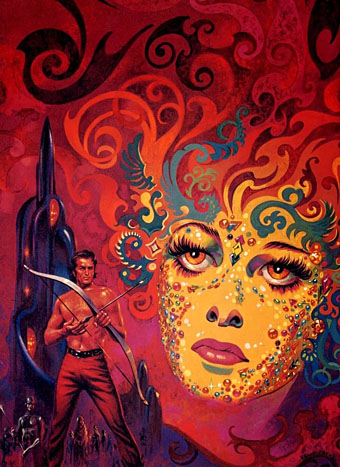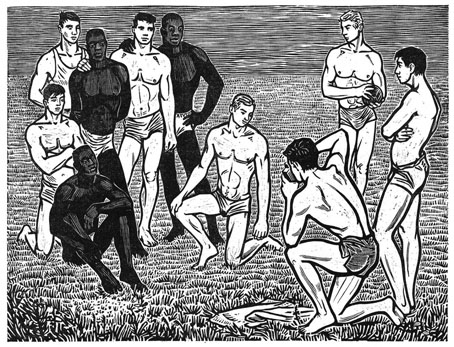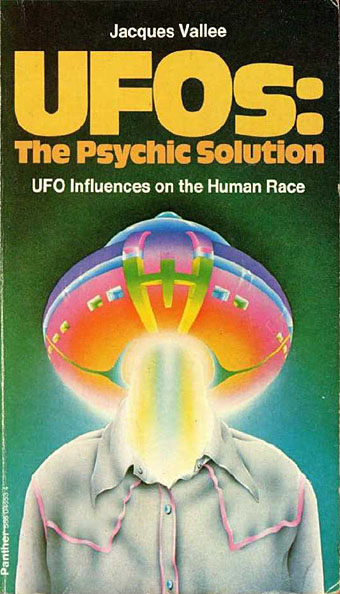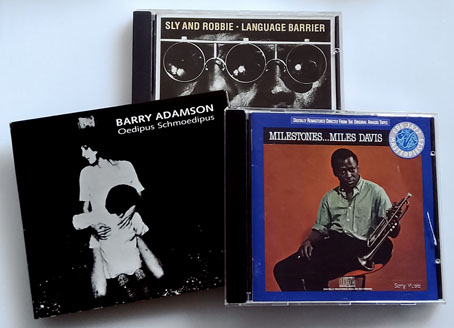
Cover painting by Kelly Freas for Mayenne (1973) by EC Tubb.
• “The kamishibai (literally “paper play”) is a Japanese form of storytelling that involved a narrator using illustrated paper boards to tell stories. As the story would progress, a new board would replace the previous board, propelling the story forward. This concept served as the inspiration for graphic designer Katsuhiko Shibuya and his class of students at Joshibi University of Art and Design. The task, however, was to deconstruct fairy tales even further using only graphic symbols.” Graphic design kamishibai tell visual fairytales at Spoon & Tamago. Great stuff.
• “If it’s not magical it’s not worth doing it… Without magic there’s no quality.” Musician/producer/catalyst Bill Laswell in conversation.
• At Public Domain Review: Lara Langer Cohen on the emancipatory visions of a sex magician: Paschal Beverly Randolph’s Occult Politics.
• At Smithsonian Magazine: Nicola Jones on the scientific history of cannabinoids.
• “Deep beneath the streets of London, musical wax cylinders reveal lost histories.”
• “The Moon smells like gunpowder.” And all that fine dust is bad for your lungs.
• At Aquarium Drunkard: Guiding Light : A Tom Verlaine Appreciation.
• New music: Sacred Tonalities by Mike Lazarev.
• Supernatural Fairytales (1967) by Art | X-Rated Fairy Tales (1985) by Helios Creed | The Fairy Tale (1991) by Biosphere




